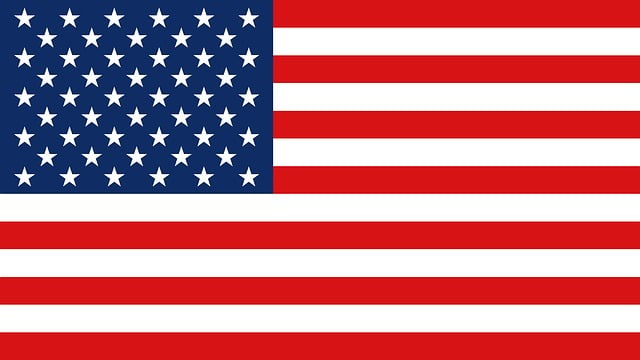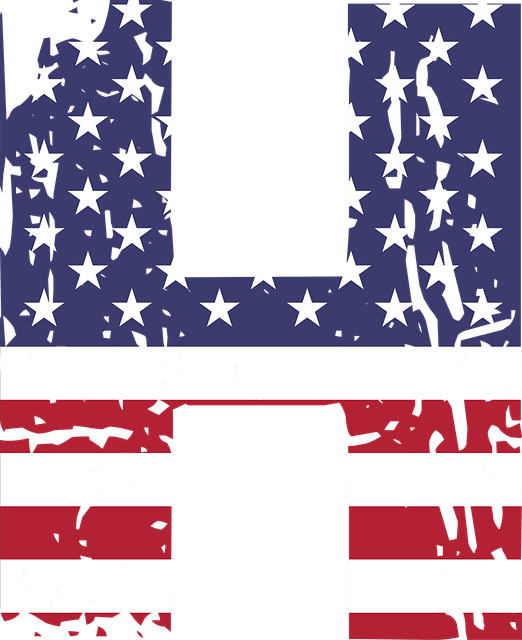Weathered American flags are not just symbols of national pride but also rich artifacts that encapsulate significant moments in U.S. history and reflect the country's evolution. From the 13-star Betsy Ross flag to the contemporary 50-star version, each design carries a silent narrative. Collectors value these flags for their historical significance, provenance, and role in America's collective memory, beyond their physical condition. The natural aging process of these flags imparts unique color variations and textures that add authenticity and character. Key to identifying an authentic Weathered American Flag is the integrity of its pattern, the number of stars reflecting the states at the time of its creation, and the signs of wear that tell the story of its historical journey. These flags serve as living chronicles of American history, offering a tangible connection to our past and a testament to the country's resilience and values. They are cherished not only for their historical worth but also for their role in reminding us of the sacrifices made for freedom and democracy. Whether handcrafted banners from earlier times or contemporary interpretations, Weathered American flags carry the weight of history and stand as enduring symbols of America's heritage.
Embark on a captivating exploration of historical flag design with an emphasis on the Weathered American Flag, a treasure trove for collectors. This article delves into the rich tapestry of American flag evolution, offering a guide to understanding the nuances and significance behind each design iteration. From the early stars and stripes to the symbols that have flown over battlefields and now adorn living rooms, uncover the stories these artifacts of patriotism tell. Learn to decipher the patina and patterns that give vintage flags their unique character, and witness firsthand the impact of this evolution on enthusiasts who seek a piece of history in every stitch.
- The Journey of the Weathered American Flag: A Collector's Guide to Historical Designs and Significance
- Deciphering Patina and Pattern: Identifying Key Characteristics in Vintage Flags
- From Battlefields to Living Rooms: The Evolution of the American Flag Design and Its Impact on Collectors
The Journey of the Weathered American Flag: A Collector's Guide to Historical Designs and Significance

The weathered American flag is a poignant symbol of history and resilience, holding deep significance for collectors who appreciate its rich heritage and the stories it silently tells. These flags, often bearing the marks of time, weather, and the myriad events they’ve witnessed, serve as tangible connections to the past. Collectors are drawn to the diverse historical designs that have adorned our nation’s skies since the country’s inception. From the 13-star Betsy Ross flag to the 50-star version adopted in 1960, each design carries a unique narrative reflecting the evolution of American values and identity. The journey of these flags is not merely about their physical attributes—such as fabric, dyes, and dimensions—but also about understanding their context within the broader historical tapestry of the United States.
The collector’s guide to historical designs of the weathered American flag begins with an exploration of the various patterns, including the Civil War era flags that featured different star configurations and stripe counts, or the 48-star flags from the post-World War II period. Each design transitioned as a result of official acts, reflecting significant national events. The significance of these flags is not confined to their visual appeal; they are artifacts that have witnessed pivotal moments in American history, from the roar of battles to the cheers of peace celebrations. Collectors must consider not only the rarity and condition of a flag but also its history, provenance, and how it contributes to our collective memory of the nation’s story. A weathered American flag is thus a cherished item for those who seek to own a piece of Americana, rich with meaning and symbolism.
Deciphering Patina and Pattern: Identifying Key Characteristics in Vintage Flags

Antique and vintage flags serve as tangible pieces of history, often displaying the weathering of time in a unique patina that is both a testament to their age and a narrative of their past. Collectors seeking authentic Weathered American Flags should pay close attention to the characteristics that emerge through aging. The natural decomposition of materials like cotton or wool, along with the fading of dyes, can result in a rich tapestry of colors and textures that are indicative of a flag’s history. Over time, the stars and stripes may appear more muted, with the reds becoming a soft pink or terra cotta, and the blues taking on subtle greens or grays. The cotton or burlap canvas might show signs of wear, such as creases, tears, or areas where the fabric has thinned. These details are not merely surface-level; they provide insights into the flag’s journey through various historical periods. Collectors who understand and appreciate these nuances can discern a genuine Weathered American Flag from a reproduction, making their collection a living chronicle of America’s story.
Furthermore, the pattern’s integrity is crucial in identifying a vintage flag. The arrangement of stars and stripes should be consistent, without the uniformity of mass-produced modern flags. In older designs, the number of stars corresponds to the number of states at the time of the flag’s creation, which changed as new states joined the Union. Subtle variations in the pattern’s execution, such as uneven stitching or the use of different materials for stars and stripes, can also be telling signs of authenticity. These design elements, combined with the patina that only time can impart, offer a comprehensive view of the flag’s history and its role in shaping American heritage. Collectors who specialize in Weathered American Flags often seek out these subtle yet significant details to add to their historically rich collections.
From Battlefields to Living Rooms: The Evolution of the American Flag Design and Its Impact on Collectors

The journey of the American flag from battlefields to living rooms is a testament to the enduring symbolism and historical significance this emblem holds for the nation. Over the centuries, the design of Old Glory has undergone subtle yet impactful changes, each reflecting pivotal moments in American history. Collectors of weathered American flags are drawn to these artifacts not just as mementos of bygone eras but as tangible pieces of history that narrate stories of courage, unity, and resilience. These flags, weather-beaten and timeworn, often carry the patina of their service in various conflicts, serving as a vivid reminder of the sacrifices made for freedom and democracy. Their aged appearance adds an authenticity and character that resonates with collectors who value the rich heritage they represent.
The evolution of the American flag design has sparked a deep interest among enthusiasts, with many seeking out vintage flags from different historical periods. The Betsy Ross flag, the 38-star flag, and the current 50-star version each hold a special place in the collective memory of Americans. The transition from hand-stitched to mass-produced designs, and later to digital renditions, has paralleled the country’s technological advancements. Today, collectors are not only after these historical pieces but also seek out modern interpretations that capture the essence of the American spirit. Whether it’s a flag that survived a great storm or one that flew over a significant national event, each weathered American flag carries its own narrative and holds a special allure for those who value the past and its lessons for the present.
